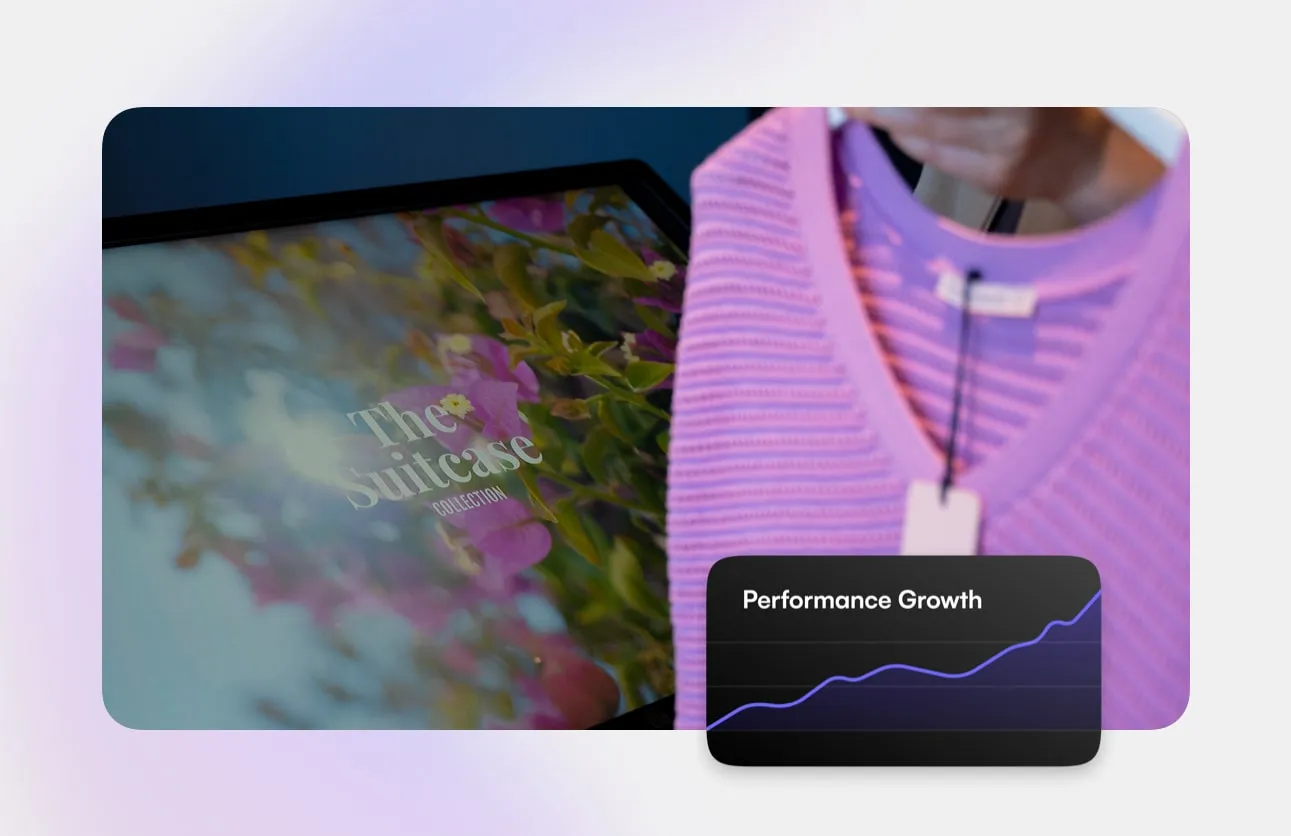
With ‘Talking Sustainability’, we have developed a new format for which we regularly invite organisations from the industry and beyond to share their actions and experience in the field of sustainability. For the first interview, we were able to ask André Gizinski from german retailer Lengermann & Trieschman (L&T) a few questions about L&T’s sustainability efforts.
01 - In your opinion – how can the different players in the fashion industry drive sustainability?
Gizinski: I believe that more than anything else driving sustainability within the industry starts with every so-called player looking at the areas they can actively influence. For us as a retailer, this means that the issue of sustainability concerns more aspects than just the products on the shop floor. When we look at the three pillars of sustainability, we consider the ecological, economic and social pillars equally. From an ecological point of view, we first deal with the emissions we cause. Once we have that covered, we can then take the next step and work with our suppliers to make the supply chain as sustainable as possible, among other things. However, if you think about the consumers, the focus lies here clearly on the demand for transparency of the supply chain and thus for us on the question of how we can present this on the shop floor. Since there is currently no transparent unified process for this in the fashion industry, it’s also one of the great challenges of our industry.
02 - What specific initiatives are you implementing at L&T to reduce emissions?
Gizinski: We have already implemented quite a few sustainability measures in recent years, but since all the knowledge about this was spread across the company, it made it difficult to keep track of our efforts and optimize those. With the creation of our first sustainability report, including the calculation of our carbon footprint, we have created a foundation that helps us properly track and further improve our efforts as well as develop new measures. Our overall goal is, of course, to become climate neutral – but what does that really mean? After all, it can’t be in anyone’s best interest to continue causing as many emissions as before and simply compensate for this with money. Instead, we strive to reduce our CO2 emissions by saving resources and optimizing processes. And this is what we do in concrete terms, for example, by installing our own photovoltaic system on the roof, by switching to energy-saving LED lighting or by choosing to optimize temperature control in the store (e.g. going from 22° to 19° degrees).
03 - What motivates you personally to drive sustainability at L&T?
Gizinski: Many of us at the management level have young children and this automatically leads us to think: “What is happening in the environment right now and how can I preserve and protect what we have accordingly? How can we shape a future that is fair to all generations?” From an ecological point of view, this is certainly the main issue. At L&T, we have been working intensively on the issue of sustainability for more than twelve years now. We first started looking into it on an economical level by asking ourselves: “How do we manage to reduce our consumption of resources and thus not only do good for the environment, but also pay less for it?’ Funnily enough we find ourselves today at a point where exactly this becomes important again. Because it’s not just about saying “We have to reduce resource consumption for the environment”. We also have to save resources in order to be able to manage successfully and that applies in professional and private spheres.
w/ André Gizinski - Head of Business Development, L&T



.webp)
